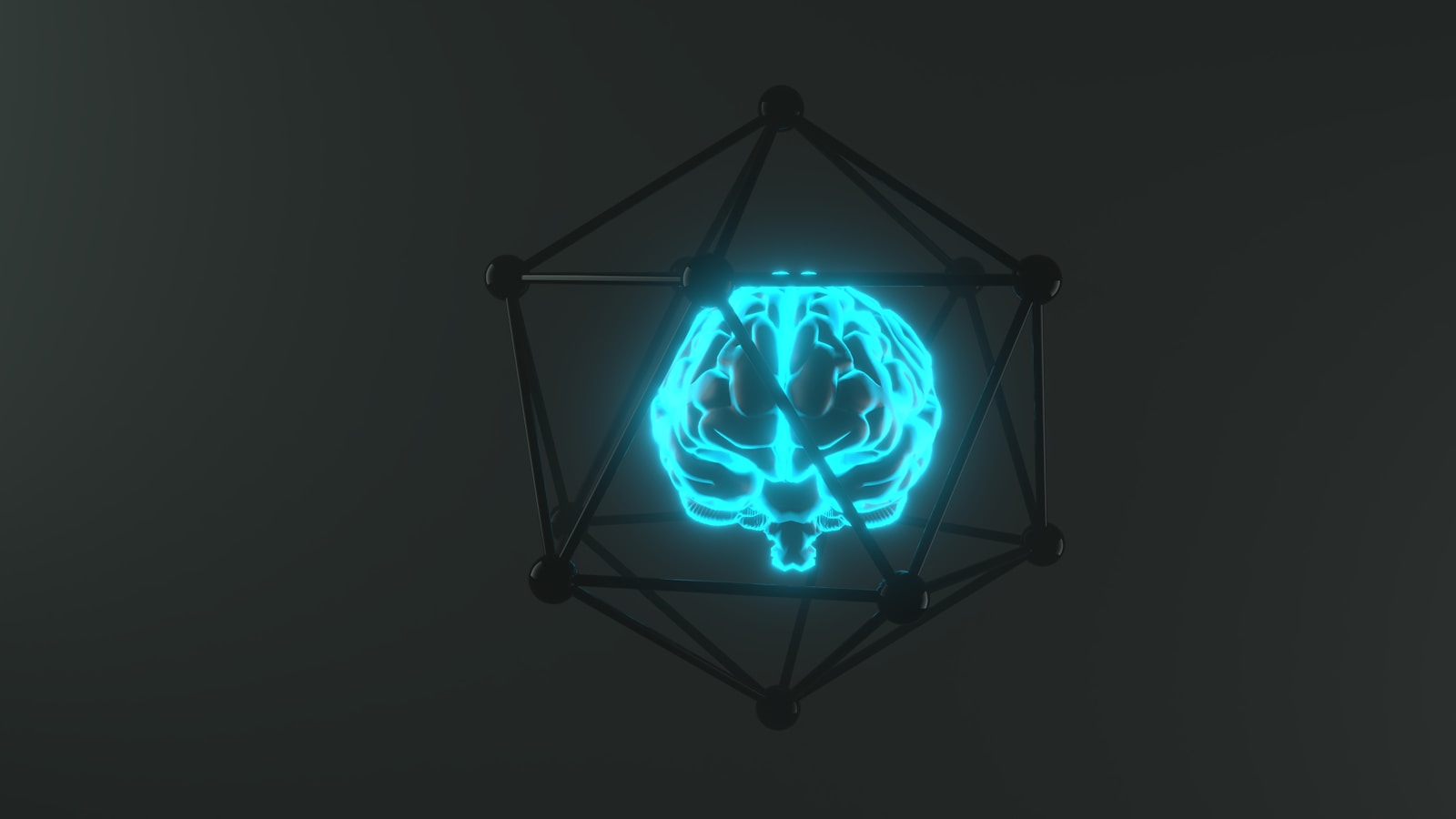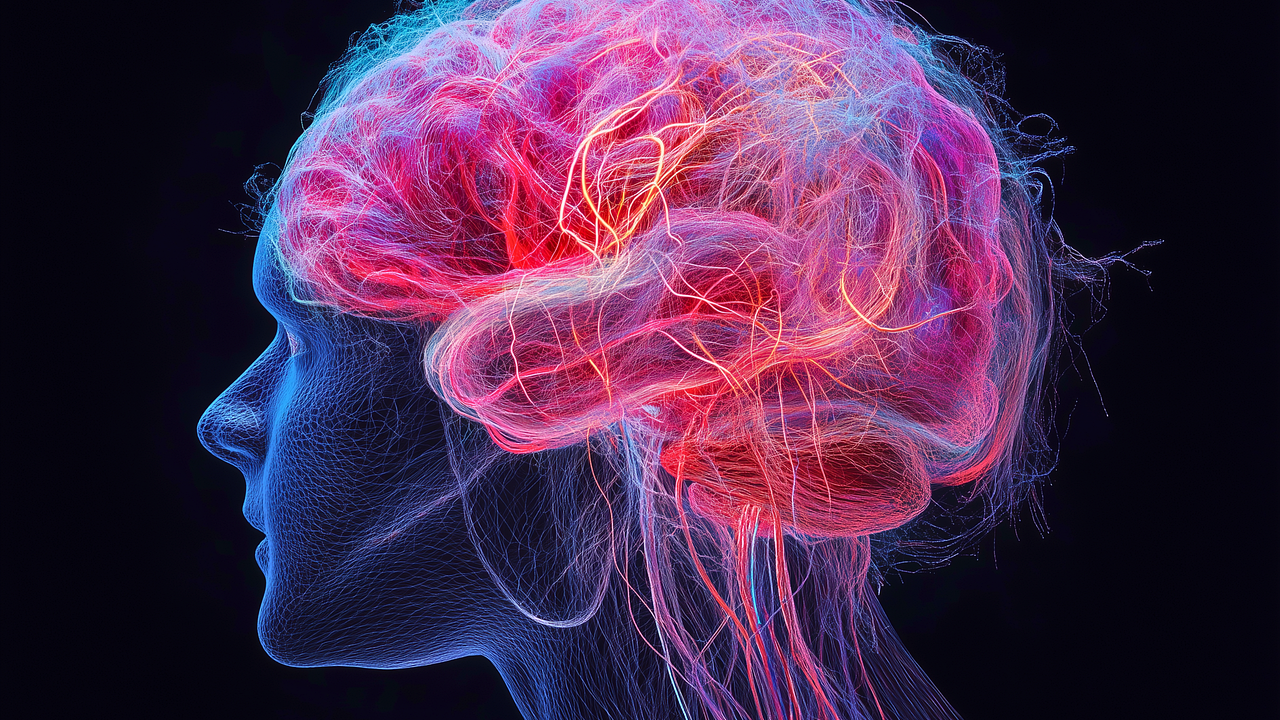Artificial intelligence (AI) has moved rapidly from pilot projects to core business operations. It screens candidates, answers customer questions, and automates HR and support processes at scale. Salesforce recently confirmed that half of its customer support is now handled by AI, after reducing headcount by 4,000. IBM has let go thousands of HR professionals as it automated people processes. Indeed and Glassdoor together cut 1,300 recruitment jobs as algorithms took over CV screening.
These examples highlight the pace of change we’re dealing with. Productivity and cost savings are clear, but there is another effect: the human connection that holds workplace culture together is being squeezed.
Without opportunities to connect, organisations risk losing that vital spark of originality.
Connection, motivation and innovation
The disruption is already showing up in the job market. A 2025 Stanford study found that roles for early-career workers in AI-exposed sectors have dropped by 13% since 2022, with support, HR and recruitment hit hardest. This creates understandable anxiety, especially for those starting their careers.
All of this is playing out while organisations are still figuring out the right balance between in-person and remote working. While flexibility is great for many, 25% of full-time remote workers report feelings of loneliness, according to a 2024 Gallup study. If employees are not around their teammates or managers in person, they miss those small moments that help them feel connected. Over time, that drains energy. Even those of us who love working from home know the difference a day with other people can make – higher energy and a feeling of connection.
Of course, AI has a direct impact on innovation, too. It is efficient at processing information and repackaging what already exists, but it cannot yet create genuinely unique content or ideas. That comes from people challenging others’ thinking or one thought inspiring another.
Without opportunities to connect, organisations risk losing that vital spark of originality.
Listening, trust and early warning signs
It’s often the newest and most junior people who feel the issue the most. Starting their careers while automation is changing entry-level roles, they are understandably concerned about their prospects.
But it’s not only the young who are affected; AI is impacting many roles, causing anxiety about the future. For instance, Gallup research shows that while 27% of white-collar workers already use AI daily, only about a quarter of organisations have a clear AI strategy. That gap invites speculation.
We need to talk about this problem openly – what’s happening to roles, how they might evolve, and what it means for careers. If space is created for those conversations, it shows we are taking people’s future seriously rather than leaving them to figure it out on their own.
It’s essential to understand how employees currently use AI and, in turn, to provide access to meaningful human interaction.
Listening is just as important as talking. Anonymous surveys or feedback channels give employees a way to express concerns without fear of judgement. Even the act of asking for feedback builds trust, because it shows that the organisation values their perspective. What comes back might not always be comfortable, but it provides crucial insight into how people are coping with change.
When people are disengaged, the risks often show up quietly. Disengagement can take subtle forms. Quiet quitting during the pandemic, and today’s quiet cracking trend are two examples of this. Presenteeism is another, where employees remain in their jobs but pull back on effort, either out of frustration or fear of losing security.
These trends chip away at culture and productivity over time. Spotting and responding to patterns early makes it far easier to keep morale intact.
Balancing technology with human care
Looking after employee wellbeing is key. More frequently, people are leaning on AI tools for reassurance or even companionship. In extreme cases, that reliance has led to serious harm.
For organisations, this highlights the need to balance digital adoption with human care. It’s essential to understand how employees currently use AI and, in turn, to provide access to meaningful human interaction. This will help mitigate the risks of over-reliance on technology.
The key is being intentional about when and how human connection is created.
There is a big lesson to learn here. While adopting new technology is a must, success depends just as much on investing in people and culture as it does on deploying new tools. Sometimes those tools aren’t technology-based. For instance, volunteering is one of the best ways to bring people together.
When teams spend time side by side doing something meaningful outside the day job, it builds relationships in a way that a Zoom call never could. That feels far more powerful than telling people to come back into the office because there is a subtext that they aren’t trusted. For some tasks, in-person work is invaluable; for others, flexibility matters more. The key is being intentional about when and how human connection is created.
There is no doubt that AI is delivering extraordinary advances in efficiency. But trust, creativity and belonging cannot be automated. Those qualities come from people working and spending time together, building relationships and sparking ideas.






